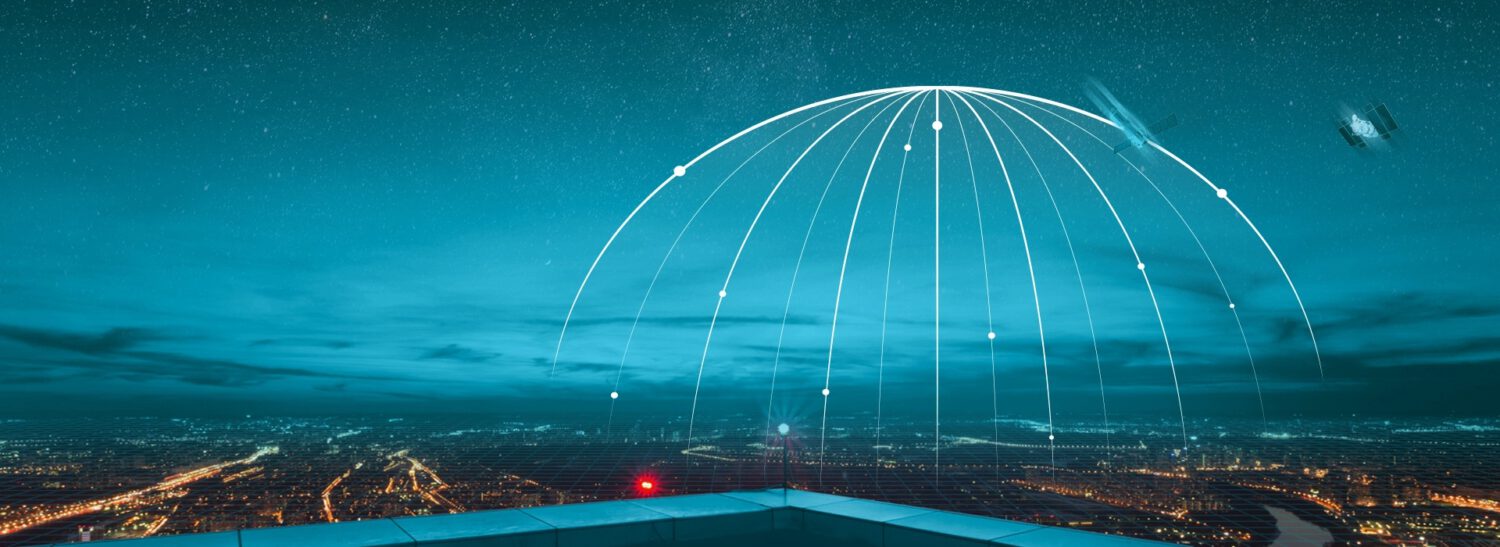Providing peace of mind and safety for governmental agencies, airport management, homeland security agencies, and civilians can become a challenging task these days because drones are everywhere and can easily be weaponized. Using leading-edge technologies to protect critical facilities and, indeed, the general public, has become pivotal to ensuring functional continuity, guaranteeing continued profits and protecting lives.
What are the most important steps in protecting airports, critical infrastructures, or any large-scale facility (civil or military) from drone attacks?
DETECTION RADAR – Identify the threat
The first step to safety is identifying the threat, no matter how small in size or how few in number.
One unauthorized drone, or worse – a swarm of drones – can disrupt flights for thousands of travellers and upend vital airport operations, causing millions of dollars in financial damage, not to mention the lives at risk.
Each Skylock radar plate covers 120°, and with multiple radars, a full 360° detection is attainable. With advanced technology, they can track flying objects as small as 0.01 RCS and can simultaneously track up to 400 airborne threats.
The radar plates are both effective and modular; they can be installed either on fixed masts or on a vehicular platform, whereby they become a mobile unit.
RF DETECTION SENSORS – Which drone are we dealing with?
The second step is to identify the type of drone we are dealing with, its’ protocol, and the frequencies it uses. This is what Skylock’s RF detection sensors do. The RF detection sensors utilize radio frequency to supply the C4i centre with additional information. By monitoring and analyzing drone signals, the sensors can identify the exact UAV protocol as well as the frequencies it is using.
EO/IR ACQUISITION CAMERAS – Get a visual
Getting a visual enables us to understand whether the drone is carrying a payload or not.
Both the radar systems and RF detection sensors relay signals to the connected electro-optical/infrared (EO/IR) acquisition system.
The cameras are fitted with a selection of special lenses that function perfectly during the day or in the darkest night. Ruggedly built, they are effective in heavy winds, rain, or the coldest winter.
All images and data are transmitted to the C4i centre where trained security specialists review them for threats. The leading-edge cameras enable end-users to make quick tactical decisions – vitally important if the drones are carrying an explosive payload.
DIRECTION FINDER – Pinpoint the drone’s location
After the first three steps of the Skylock solution are activated, additional sensors across several zones are triggered. These are our RF detectors (directional finders), which locate the incursion and deliver precise geolocation of the target within five meters.
MITIGATION – move away towards safety
With the goal of enforcing effective UAV no-fly zones, the anti-drone technology will then conduct the final step: mitigation of the threat – either a ‘soft’ or ‘hard’ kill, depending on the situation. The invading drone can be pushed away via jamming, shot down with Dronelock, or forced away or landed by Skylock’s proprietary spoofing technology.
Our leading-edge solution is available for continuous protection of both small- and large-scale sites with stationary units that allow for customization. They are set up based on specific sites and operational needs and can identify all commercial drone models available on the market.








